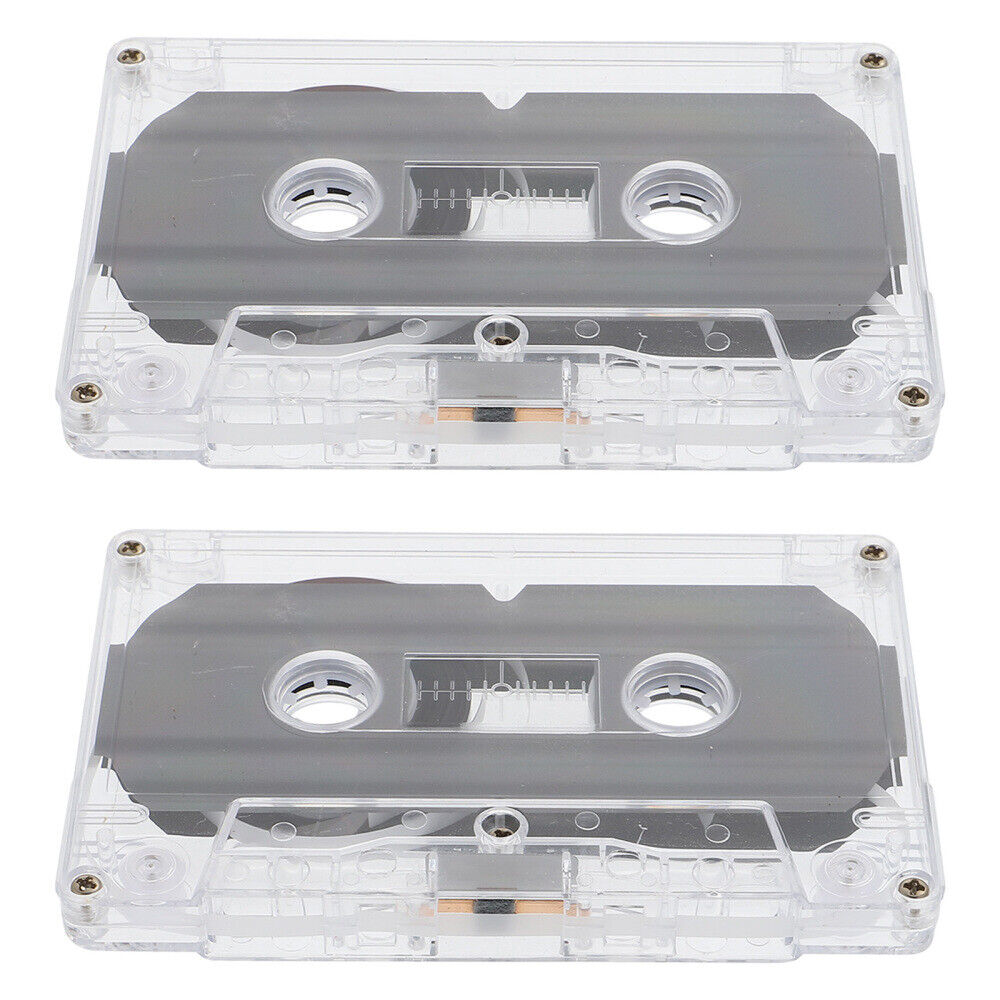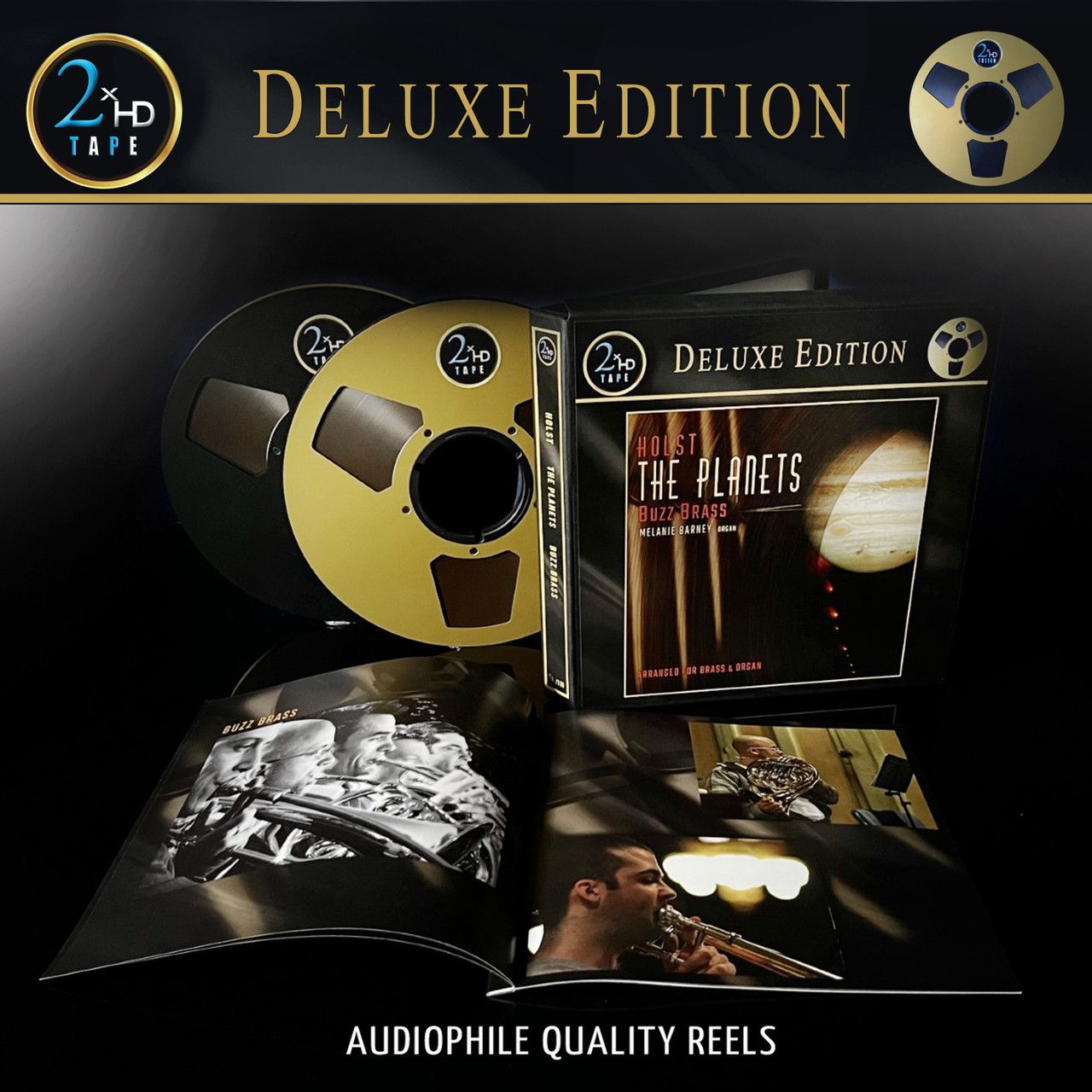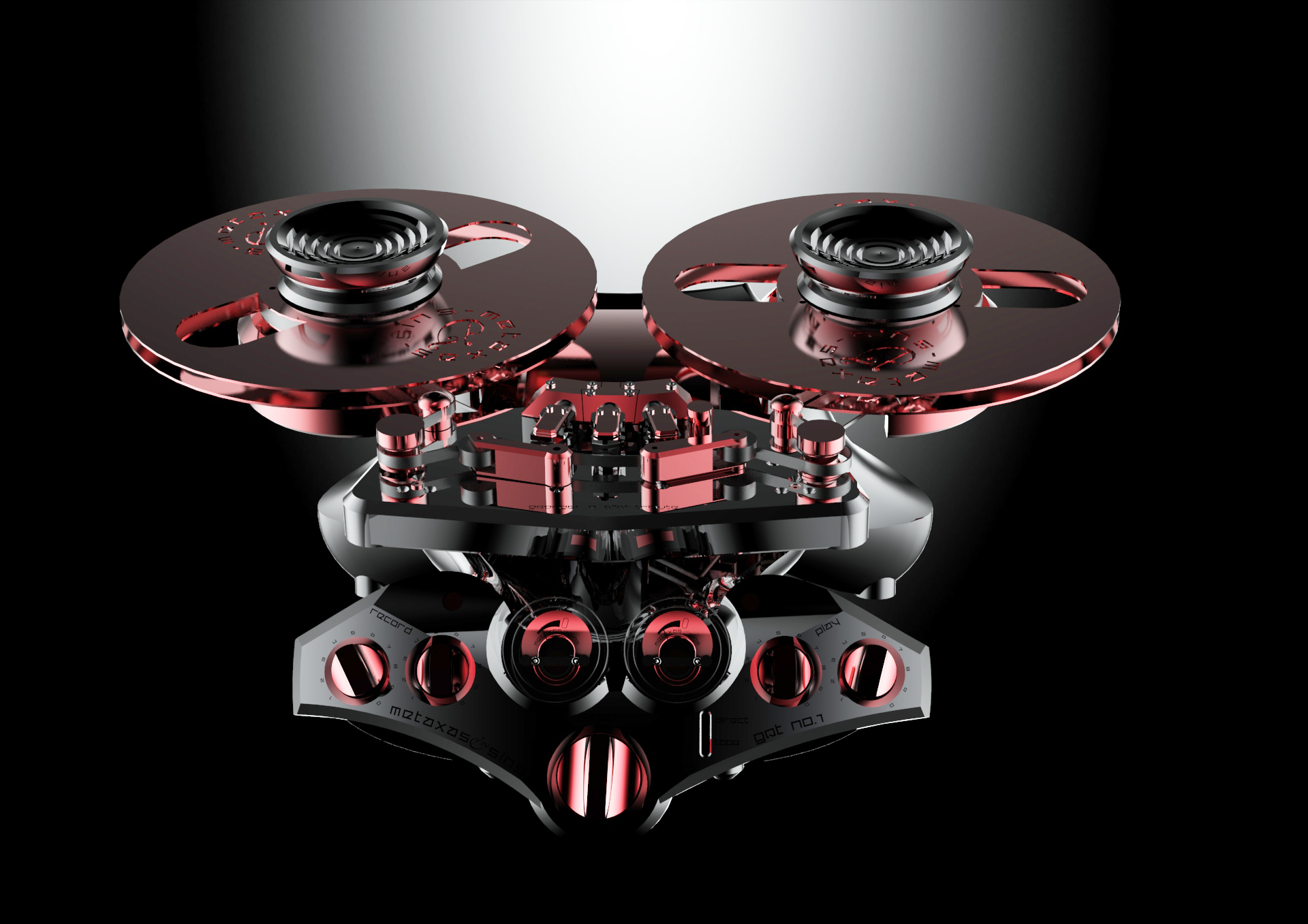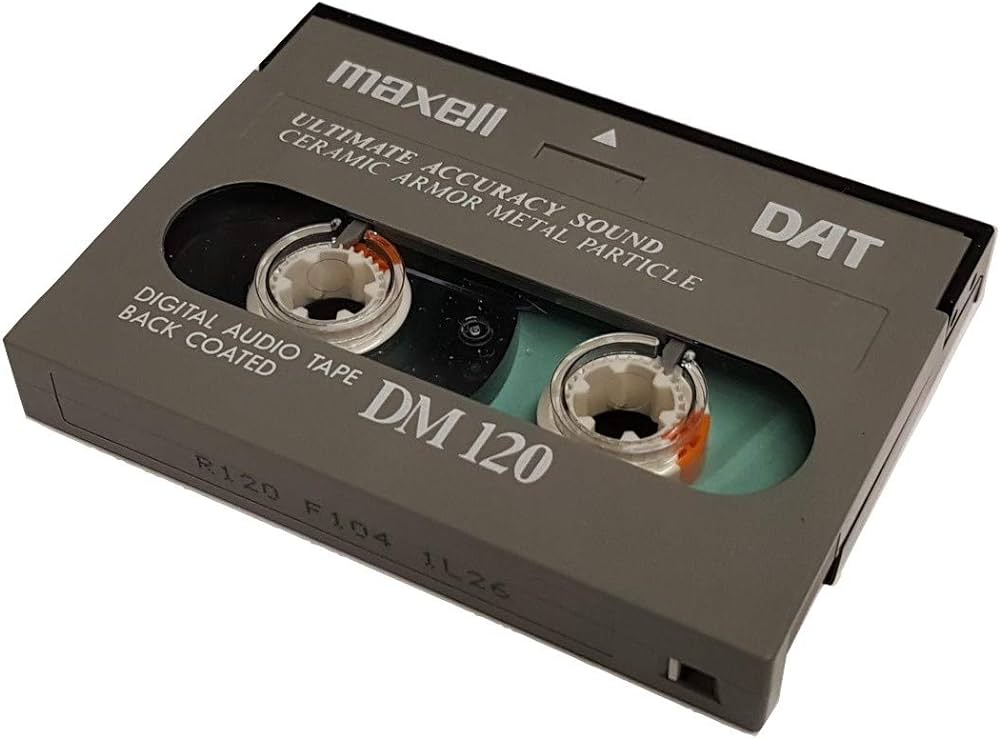
The Wonders Of Recording Tape: History And Modern Uses
Recording tape, a technology that revolutionized the way we capture and preserve sound, has a rich history dating back several decades. From its early beginnings to its continued relevance today, recording tape has evolved significantly, offering a range of types suited for various applications. In this article, we will delve into the history of recording tape, explore its different types, and examine its modern-day uses.
The Evolution of Recording Tape
Recording tape, also known as magnetic tape, made its debut in the early 20th century as an alternative to traditional methods of sound recording. The invention of magnetic tape is attributed to Fritz Pfleumer, a German engineer, who patented the technology in 1928. Pfleumer’s invention used a thin strip of paper coated with iron oxide powder, which could record and reproduce audio signals when passed over a magnetic head.
However, it wasn’t until the 1940s that magnetic tape technology gained widespread popularity with the introduction of the first practical reel-to-reel tape recorder by AEG-Telefunken. This innovation marked the beginning of a new era in audio recording, making it easier and more efficient to capture and playback sound.
Types of Recording Tape
Cassette Tape:

Cassette tapes, once the primary medium for personal music consumption in the 1980s and 1990s, have seen a surprising comeback. The rise in popularity of vinyl records has paved the way for the cassette tape resurgence, with consumers seeking a more tactile and personal connection to their music. Modern cassette tapes offer a blend of nostalgia and novelty, with many independent artists and music labels releasing music on cassettes for their unique aesthetic and sound quality.
While reel-to-reel tapes offer superior sound quality, cassette tapes have gained recognition for their convenience and portability. Unlike the bulky and cumbersome reel-to-reel tapes, cassettes are compact in size and can easily fit in your pocket, making them ideal for on-the-go listening.
Another advantage of cassette tapes is their simplicity. They are easy to use, requiring only a cassette player and a set of headphones or speakers. This ease of use made them a popular format for personal music collections and the perfect companion for road trips.
However, cassette tapes are not without their drawbacks. One of the biggest issues with cassette tapes is their susceptibility to wear and tear. The magnetic tape inside the cassette is delicate and can easily break or become tangled. Additionally, cassette tapes tend to degrade over time, resulting in a loss of sound quality.
Despite these issues, cassette tapes remain a beloved format among music enthusiasts, particularly for those who grew up listening to them. Their compact size and portability make them a convenient option for music lovers on the go, and their nostalgic appeal continues to keep them relevant in today’s digital age.
Open Reel Tape:

Reel-to-reel tapes, also known as open-reel tapes, have also made a comeback in the music industry. Once the standard for professional audio recording, these tapes are revered for their superior sound quality. Modern reel-to-reel tapes offer an unmatched dynamic range, with a richness and depth of sound that digital formats struggle to replicate.
Today’s reel-to-reel tapes feature improved tape formulations, offering greater fidelity and less noise. They are used in professional recording studios to capture the raw, unprocessed sound of musical performances. For music enthusiasts, they provide an immersive, high-quality listening experience.
The Future of Reel-to-Reel and Cassette Tapes

While digital audio formats remain the dominant medium for recorded music, there is still a niche market for reel-to-reel and cassette tapes. Collectors and enthusiasts appreciate the unique sound and tactile experience of analog formats, and some artists have even released new music on cassette tapes as a nod to the past.
Whether reel-to-reel or cassette tapes will experience a full-scale revival remains to be seen. However, their historical significance and enduring appeal make them a fascinating chapter in the evolution of recorded audio.
Digital Audio Tape (DAT):

DAT tapes were introduced in the late 1980s and early 1990s as a digital audio recording format. These tapes offered the advantage of digital recording, resulting in high-quality sound and resistance to signal degradation. DAT tapes were widely used in professional audio production but have since become obsolete with the rise of digital recording technologies.
The Modern Techniques of Recording
Modern recording techniques have evolved significantly with advancements
in technology, revolutionizing the way music and other forms of audio are
captured, processed, and reproduced.
One of the most prevalent modern techniques is digital recording. This
method converts audio signals into binary (a series of 0s and 1s) which can be
easily processed and manipulated by computers. Digital Audio Workstations
(DAWs) like Pro Tools, Ableton Live, and Logic Pro X are widely used in this
method. DAWs provide a multitude of tools for recording, editing, mixing, and
mastering audio, enabling users to create high-quality recordings from
virtually anywhere.
Another significant modern technique is multitrack recording. This
method allows for the separate recording of multiple sound sources to create a
cohesive whole. Each instrument or vocal can be recorded individually and then
mixed together to achieve the desired sound. This gives artists and producers a
high level of control over the final product, as each track can be edited and
adjusted independently of the others.
Finally, modern recording techniques also include the use of advanced
microphones and audio interfaces. Microphones have become more specialized,
capturing different frequency ranges and offering various polar patterns to
suit different recording environments and purposes. Audio interfaces convert
analog signals to digital and vice versa, maintaining the quality of the sound
while allowing it to be processed by a computer. High-quality microphones and
interfaces can capture a wider range of frequencies and dynamics, resulting in
a more accurate and detailed recording.
Modern Uses of Recording Tape
In today’s digital age, magnetic tape may seem like a relic of the past. However, it continues to find applications in various fields:
Archival and Preservation:
– Open reel tapes remain an
essential tool for preserving historical audio recordings and documents.
Institutions such as libraries, museums, and archives rely on tape technology
to safeguard valuable audio recordings from deterioration.
Professional Music Production:
– Despite the prevalence of
digital audio workstations (DAWs), some music producers and artists still
prefer the warm, analog sound produced by open reel tape. It’s often used to
achieve a vintage, authentic sound in modern recordings.
Data Storage:
– Magnetic tape has found a niche in the data storage industry due to its cost-effective and high-capacity storage capabilities. Organizations use tape for long-term data backup and archival purposes, especially for large volumes of data.
Conclusion
In conclusion, the reel-to-reel vs. cassette tapes debate ultimately
comes down to personal preference. Those who prioritize sound quality and
durability may prefer reel-to-reel tapes, while others may value convenience
and accessibility offered by cassette tapes.
Regardless of which format you choose, it is clear that both
reel-to-reel and cassette tapes played a significant role in the history of
audio technology. From their early development to their recent resurgence,
these analog formats continue to hold a special place in the hearts of music
enthusiasts and audiophiles alike.
Embrace the Audio Nostalgia
As technology advances and digital formats continue to dominate the market, it’s important to remember the unique listening experience that analog tapes provide. Whether you’re a seasoned collector or a newcomer to the world of audio nostalgia, there’s no denying the magic that can be found in the crackling sound of a tape playing on a vintage player.
So go ahead and dust off those old tapes, or discover a new favorite format. The world of analog audio awaits.






